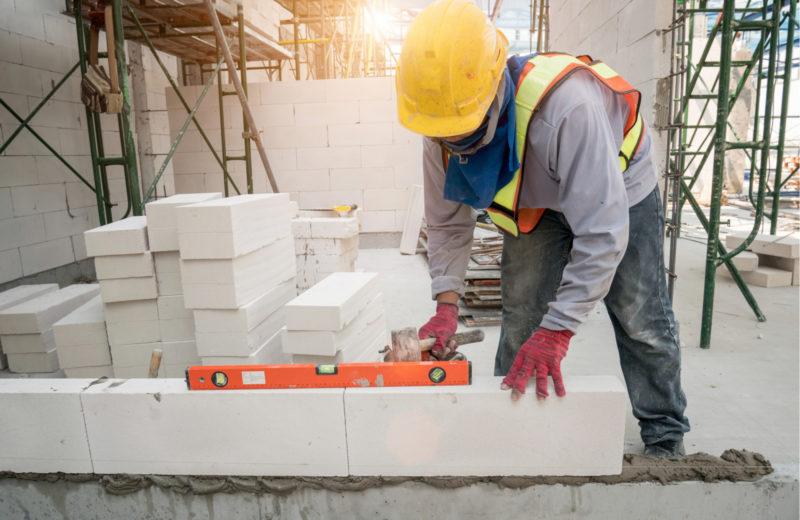Five Things That Will End the Madness

In November 1942, after the decisive British victory at El Alamein, Winston Churchill famously said: “Now this is not the end. It is not even the beginning of the end. But it is, perhaps, the end of the beginning.”
We are not at the end of the damage to the world economy from COVID-19, but we are, perhaps, at the end of the beginning. This article is my attempt to say some things about how we move to the next steps. The “listicle” format is overdone, but it is a useful way to organize information quickly. As I see it, there are five things that must happen to get us to the end of the beginning, and to get the economy back on track. Here they are, in temporal order. In other words, first things first.
1. Sensible Isolation
Total lockdown, or something close to it, has been designed to “flatten the curve.” One can agree with this approach or not. But given that the curve has been substantially flattened, there are still many voluntary, less extreme actions—hand washing, sensible separation in lines, restaurants, and mass transit, etc.—that can continue to decrease the rapidity of continued transmission.
There will likely be waves of contagion for months, but none of them will look like New York looks right now. So we will end mandatory social distancing in favor of sensible isolation based on personal choice. Interestingly, this is what that leftist utopia Sweden has done from the outset. Denmark is (partly) reopening, also. Sensible isolation needs to replace mandatory lockdown as soon as possible.
2. Testing for Active Virus/Illness
A fast test for the active virus, especially if it can be administered to people who may have been exposed but are asymptomatic, is worth a very substantial cost of development and production. At present, our “policy” is a mandatory two-week or more total isolation for people who MAY have been exposed.
The cost of isolating is substantial for the person involved, but the cost to society of having to forego the benefits of the participation of that individual in society is enormous. South Korea has led the way in using widespread testing to avoid unnecessary quarantine. Interestingly, as this “Planet Money” podcast on NPR shows, the key difference was that South Korea involved the private sector on Day 1, while the U.S. decided to use bureaucratic government systems alone and wasted six weeks.
3. Acute Care
The fatality rate for this disease is still being worked out. It appears to be far more deadly—at least an order of magnitude more deadly, in fact: less than 0.2% for someone 20-30 and almost 10% for someone over 60. But even among the elderly the death rate can vary with the availability of high quality and extended treatment.
Whatever the merits of the total lockdown policy, there is a clear benefit: we have the capacity to handle a steady stream of new cases. That means that it is possible to loosen the constraints on mandatory abstinence from work and productive labor. It was never plausible to argue that the disease could be prevented or contained entirely. At best, the hope has been that flattening the curve will prevent medical capacity from being overwhelmed. Fair enough; now’s the time to spend the slack that has been so dearly purchased with lost income and devastated businesses.
4. Testing for Antibodies/Immunity
It is certain that many more people have had, and in some cases do have, the virus than have been diagnosed. Some are likely asymptomatic throughout, and thought they had allergies or some such malady. In the first stage, this is a problem, because asymptomatic people are carriers who unwittingly spread the disease.
On the other hand, once those folks have “recovered,” even if they were never really sick, they are important assets: they are (mostly, probably) immune. The presence of the antibodies that made their symptoms mild, or that fought off the disease in more serious cases, go far toward establishing “herd immunity,” but only six months or more out. (That’s why I put it fourth, before you object.) Someone who has had the disease is something like the boron rods inserted into an overheated nuclear reactor: they absorb without passing on the contagion, and they can work at their jobs, even high-risk jobs, with relative safety.
At present, our efforts have mostly been devoted to developing the “active” test in #2 above. But having a test for antibodies will give us an accurate picture of the extent of the disease, a better estimate of the fatality rate, and a workforce that can begin to put the economy back together.
5. Effective Widely Available Vaccine
Obviously, an effective vaccine, when mass-produced and widely administered, makes most of the items above moot. But given difficulties in testing, production, and distribution, it could easily be fall 2021 before a vaccine is available, if then. The reason I put the vaccine last is not that it is unimportant. Rather, the point is that with the first four tools a vaccine is not as crucial. Still, only a vaccine will be, to circle back to my opening claim, the end of the end.












